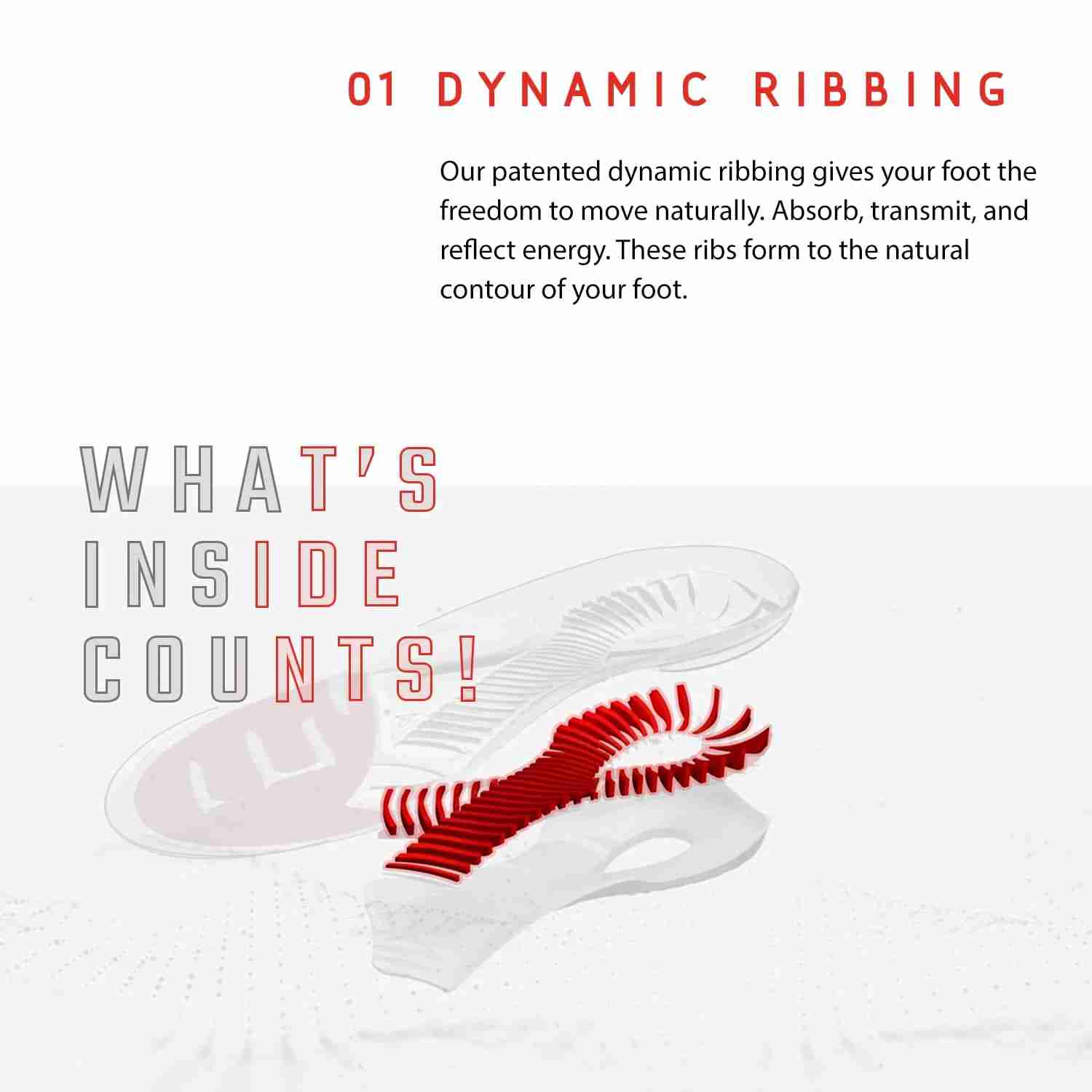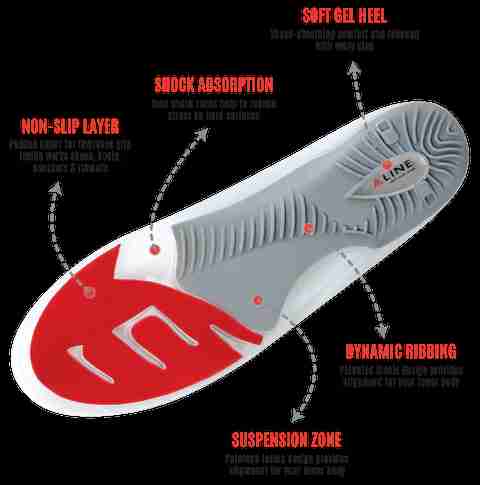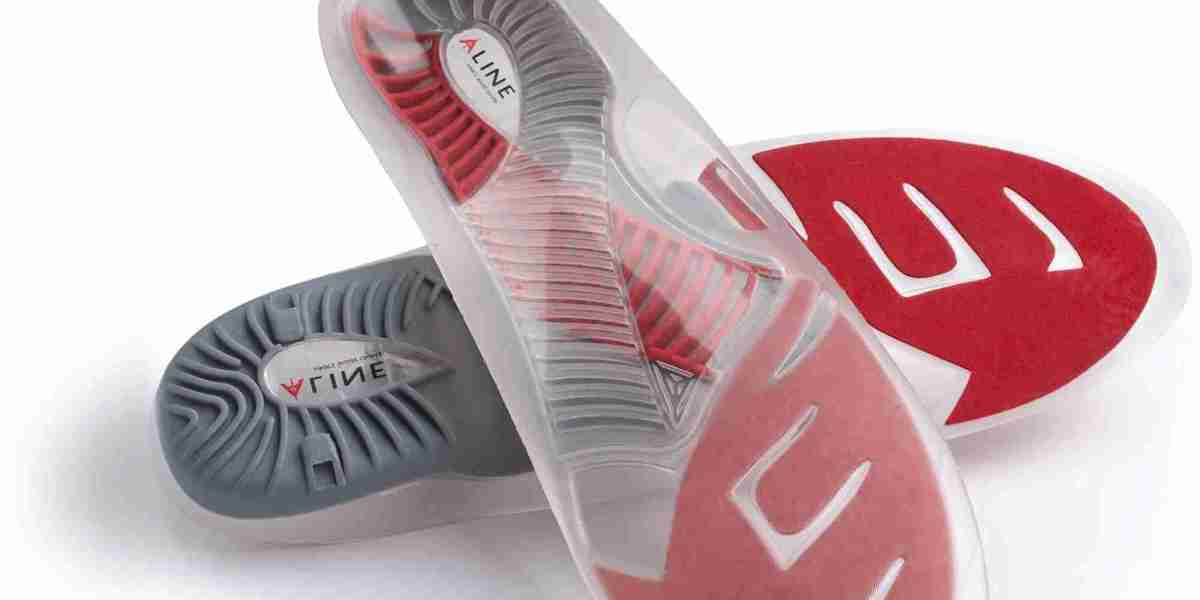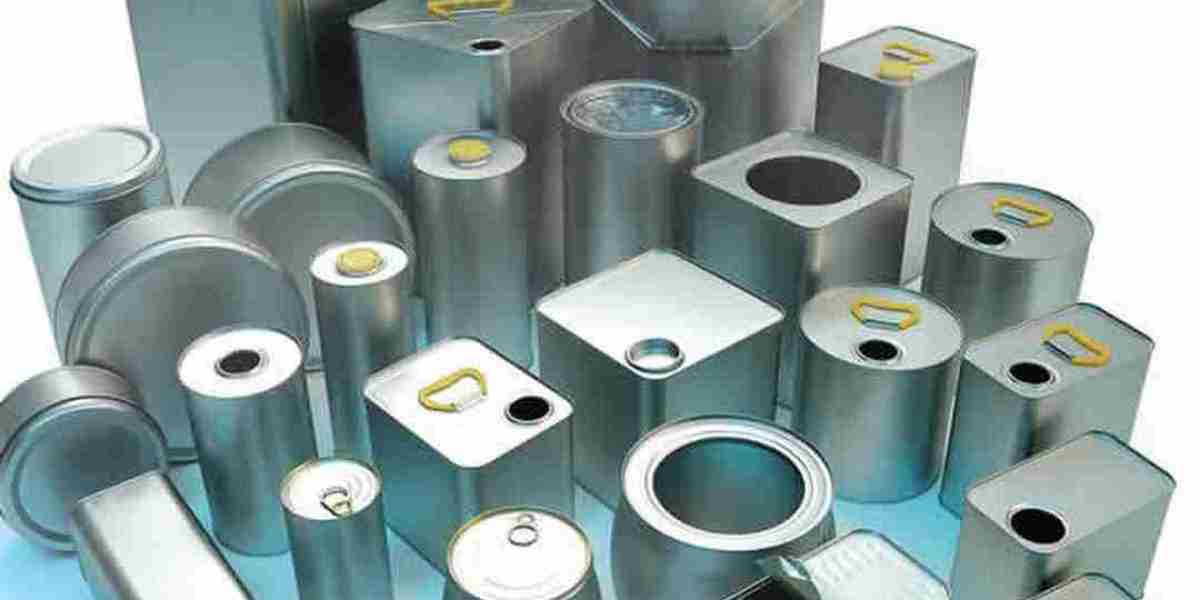Heel inserts are popular solutions for foot pain, but they come with their share of challenges. Many users encounter issues like improper fit, inadequate support, or discomfort. Understanding these problems and knowing how to address them can make a significant difference in your overall foot health. In this article, we’ll explore common problems associated with heel inserts and provide practical solutions to ensure you get the most out of your foot care routine.
Heel Inserts Causing Discomfort
One of the most common complaints about heel inserts is discomfort during use. This usually stems from choosing the wrong size or material that doesn't suit your feet. Inserts made from rigid materials may feel harsh on sensitive heels. To fix this, opt for soft yet supportive inserts made from gel or foam. Testing different options in a store or consulting with a podiatrist can help. Also, ensure the insert fits snugly in your shoe, as a misfit can aggravate discomfort over time.
Lack of Arch Support in Heel Inserts
Some heel inserts fail to provide adequate arch support, leaving your feet vulnerable to strain. This can be especially problematic for individuals with flat feet or high arches. To resolve this, look for insoles with arch support designed to match your foot structure. Products specifically tailored for high or low arches are more effective than generic options. Wearing shoes with built-in arch support alongside your heel inserts can further enhance comfort and alleviate strain on your feet.
Slipping Inside the Shoe
Heel inserts that shift or slip inside your shoe can cause blisters and reduce stability. This is often due to insufficient adhesive or an improperly fitted insert. To tackle this issue, choose inserts with a strong adhesive backing or use double-sided tape to keep them in place. Another solution is to select inserts with a textured underside that grips the shoe lining. Regularly checking and adjusting the placement of the insert can also prevent slipping during daily activities.
Wearing Out Too Quickly
Durability is a major concern for many users of heel inserts. Constant use can lead to wear and tear, making them less effective over time. To extend their lifespan, invest in high-quality inserts made from durable materials. Cleaning your inserts regularly and removing them before exposure to moisture can also help maintain their condition. Rotating between multiple pairs of inserts ensures even wear and keeps you prepared with backups when replacements are needed.

Improper Fit in Different Shoes
Not all heel inserts are compatible with every type of footwear. Some might fit perfectly in sneakers but feel awkward in formal shoes or heels. This mismatch can reduce their effectiveness. To address this issue, consider buying inserts designed for specific shoe styles. Adjustable or trimmable inserts are also a good option for versatility. Always try the inserts with the shoes you plan to wear most often to ensure they fit well and provide consistent support.
Heel Inserts Causing Excessive Pressure
Certain heel inserts can create pressure points, leading to discomfort or even pain. This often happens when the insert is too thick or not ergonomically shaped. To fix this, choose inserts that are designed to distribute pressure evenly across the heel. Opt for products with cushioning zones or contoured designs that cradle your heel without adding unnecessary bulk. Consulting with a specialist can help you find comfortable insoles tailored to your specific needs.
Inadequate Cushioning for Long Wear
Many heel inserts lack sufficient cushioning for extended periods of wear, leading to foot fatigue. This is particularly challenging for individuals who stand or walk for long hours. To combat this, select inserts with extra padding and shock-absorbing properties. Gel-based inserts are often recommended for their superior cushioning. Additionally, alternating between different pairs of shoes and inserts can help reduce strain on your heels throughout the day.
Allergic Reactions to Materials
Some users experience allergic reactions to the materials used in heel inserts, such as latex or synthetic components. These reactions can result in skin irritation or redness. The solution is to switch to hypoallergenic inserts made from natural or medical-grade materials. Reading product labels carefully and consulting with a podiatrist for recommendations can help avoid allergic triggers. Always test new inserts on a small area of skin before prolonged use.
Difficulty Finding the Right Insert
Choosing the correct heel insert from a wide variety of options can be overwhelming. The wrong choice may exacerbate foot issues instead of solving them. To simplify the process, consult a foot specialist or podiatrist to assess your specific needs. Look for reviews and recommendations for high-quality products. If you're unsure, start with a basic insert and upgrade to a more specialized option as needed.
Inserts Causing Heel Slippage
Heel slippage can occur if the inserts raise your heel too much within the shoe. This problem often leads to instability and discomfort. To fix this, opt for thinner inserts or those designed to fit securely without elevating your heel excessively. Properly fitted shoes also play a crucial role in preventing slippage. Ensuring a snug fit between your shoe and the insert minimizes movement and enhances stability.

Difficulty Cleaning and Maintaining Inserts
Maintaining the cleanliness of heel inserts can be challenging, especially for active individuals. Dirty inserts can harbor bacteria and odors, reducing their comfort. To address this, choose washable inserts or those with antimicrobial properties. Cleaning them regularly with mild soap and water extends their lifespan and ensures hygiene. Always follow the manufacturer’s instructions to avoid damaging the inserts during cleaning.
Overlooking Professional Guidance
Many people purchase heel inserts without consulting a specialist, leading to improper usage. This can worsen foot problems or fail to provide relief. Seeking professional advice ensures you choose the best insert for your unique foot structure and needs. A podiatrist can recommend comfortable insoles or customized orthotics for long-lasting comfort. Investing time in finding the right solution prevents future issues and promotes better foot health.
Are Heel Inserts Effective for Plantar Fasciitis?
Yes, heel inserts can help relieve plantar fasciitis pain by providing extra cushioning and support. Look for insoles with arch support to reduce strain on the plantar fascia and alleviate discomfort.
How Often Should I Replace Heel Inserts?
Replace heel inserts every 6-12 months, depending on usage and wear. If they lose their shape or cushioning, it's time for a new pair to maintain proper support.
Can Heel Inserts Cause Foot Pain?
Heel inserts may cause foot pain if they are improperly fitted or lack adequate support. Always choose inserts that match your foot size and shape for maximum comfort.
READ MORE....




